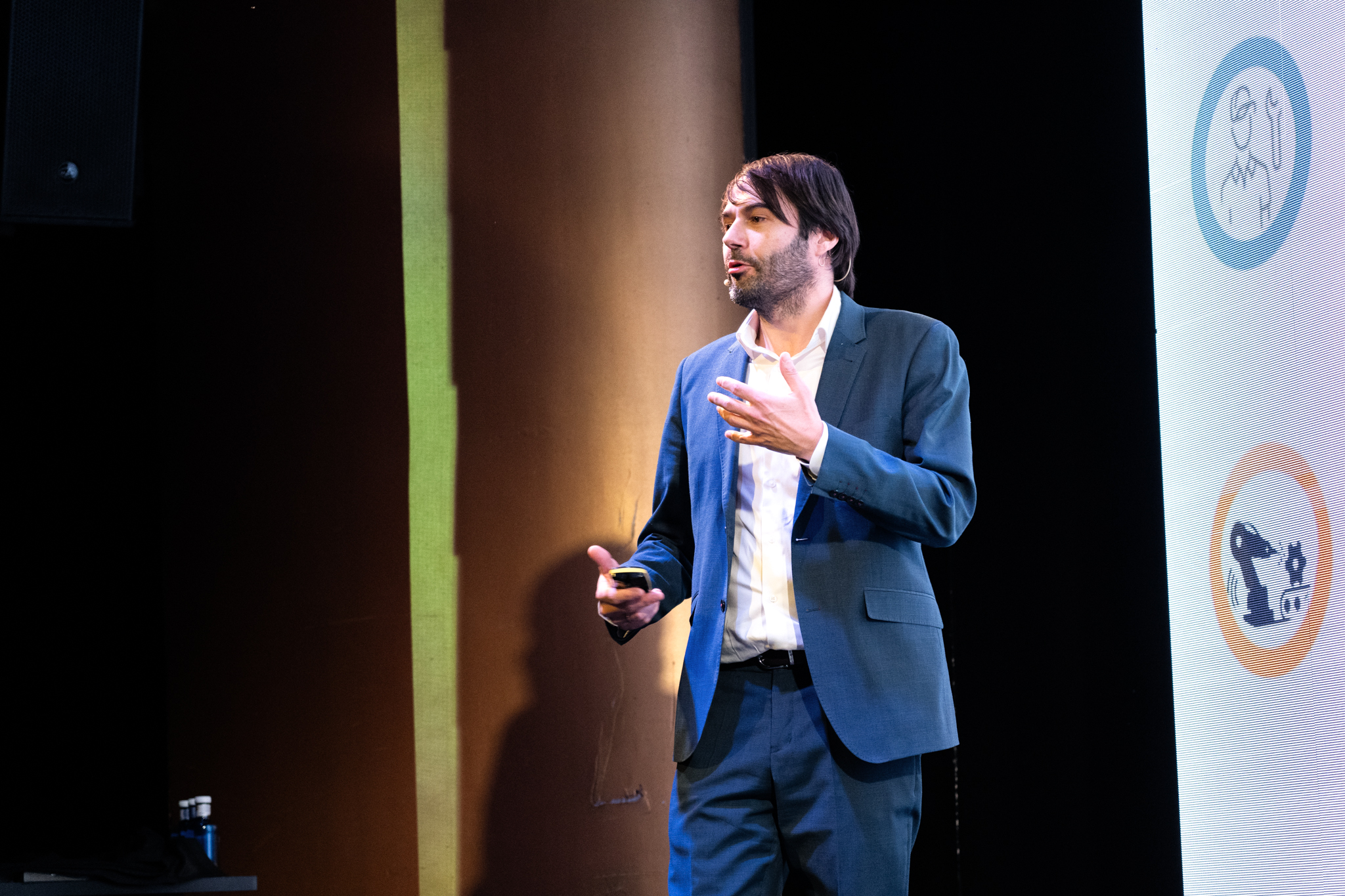Keys to Environmental Monitoring in the Digital Age

Effective environmental monitoring uses advanced technologies to collect, analyze and manage data on critical environmental factors such as air quality, gas emissions, resource consumption, enabling companies to minimize their environmental impact, develop more sustainable practices and anticipate.
Tabla de contenidos
ToggleDiscover effective environmental monitoring strategies and how they can transform your business and sustainability practices.
The key to rigorous environmental monitoring lies in the data. At a time like the present, when the sustainable management of companies has become a priority, environmental impact analysis takes on special relevance. The great novelty is that technology has become the main ally to enhance the different strategies of corporate sustainability. corporate sustainability strategies .
Until now, environmental monitoring occurred with slow analytics, but improved disruptive technologies that provide real-time information, predictive analytics and increased transparency enable rapid decision-making to improve, for example, the energy efficiency in industry, drive innovations in ecotechnology or expand the number of environmental indicators for business.
The advantages for companies that adopt environmental monitoring strategies are many, starting with regulatory compliance and minimizing environmental impact. minimization of environmental impact, as well as gaining a competitive advantage by developing more sustainable business practices. The advantages for companies that adopt environmental monitoring strategies are several, starting with regulatory compliance and minimizing environmental impact, as well as gaining a competitive advantage by developing more sustainable business practices. With these objectives in mind, companies employ different techniques to improve their environmental monitoring.
Sensors and environmental telemetry
Within the technology for sustainability organizations are implementing include the installation of advanced sensors and telemetry that collect real-time data on environmental factors that allow for the implementation of a carbon footprint measurement and analysisthe air or water quality or the solar radiationamong others. All the data obtained through a series of devices allows companies to identify patterns that may occur, detect anomalies and take preventive measures.

Data analysis and Artificial Intelligence
Among the environmental analysis tools that are most commonly used by organizations, the use of analytical tools and artificial intelligence stands out. In the industrial sector, a platform such as Smart Factory by aggity uses these technologies to improve the sustainable management of organizations.
Both analytics and AI use the data that comes from the sensors and ecological monitoring systems to develop predictive models to assess the environmental impact of a company’s processes and to optimize processes in order to reducing resource consumption and waste generation.
Regular environmental audits
Audits play an important role in the sustainability policy of companies because they are responsible for analyzing the effectiveness of measures to improve energy efficiency. energy efficiency and sustainability and sustainability are adequate. They are also essential to ensure compliance with environmental regulations. They also reduce the risk of accidents and fines for non-compliance with environmental regulations and demonstrate the company’s commitment to sustainability and transparency.

Participation and communication
In corporate sustainability strategies , as in other processes of an organization’s activity, transparency must be part of them.
Not only should it be considered as an obligation to comply with regulations, but it is necessary to assess that the communication of environmental performance of all the parties involved in a company’s sustainable management processes, from employees to customers, will result in a strengthening the company’s reputation and improve the ESG culture of the organization.
Últimos posts

aggity strengthens its commitment to sustainability as a SILVER partner of “Fundación Empresa & Clima”.

aggity participates in the IBM Ecosystem Summit 2024 with an applied case of Generative AI in the food industry

Aggity, together with the multinational Fortinet, present an exclusive event in Lima on the application of Generative AI in Corporate Cybersecurity.

aggity participates in Smart Ports: Piers of the Future

aggity Supports the Contigo Foundation at its Annual Dinner

Challenges and Opportunities of Generative AI in Industry: Our Experience at BNEW

Official Liferay Partner in Spain





